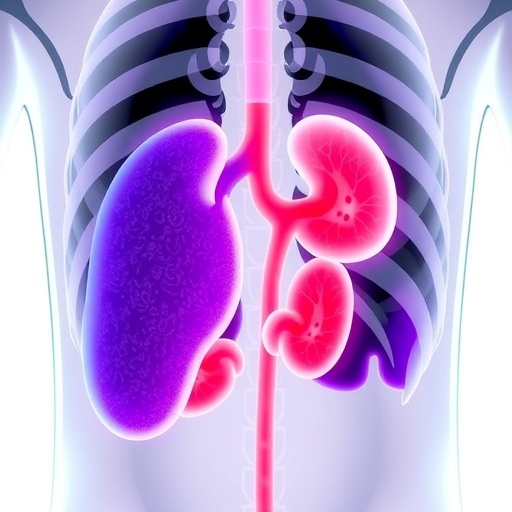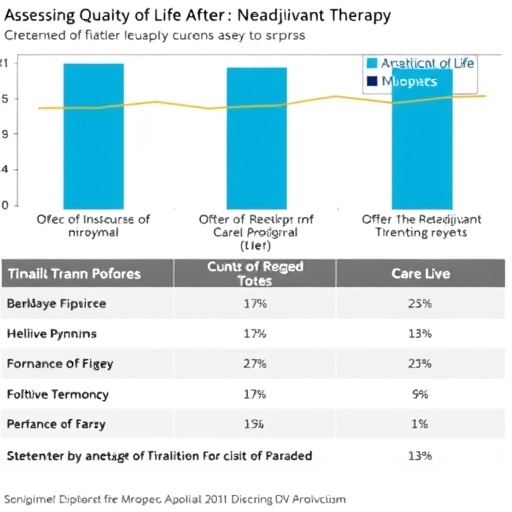Scientists of the Research Medical University of Volga region and the Institute of Applied Physics, RAS have developed a system for malignant brain tumors diagnosing during surgery. The method is based on optical coherence tomography (OCT). Doctors obtained images of brain tissue that clearly show the differences between malignant and healthy cells. The method simplifies tumor removal operations and makes them more effective.The results were published in Frontiers in Oncology.
Glioma is one of the most common diseases of the central nervous system. The difficulty of its treatment related to the fact that the tumor sometimes «grows into» the white substance and has no clear boundaries. Scientists are using optical coherence tomography to determine the tumor boundaries. The principle of operation resembles ultrasound diagnostics. However, the light wave penetrates the tissue by 1-2 mm, and then, depending on the structure, reflects with varying intensity. Based on the data obtained, the device creates an image of the brain. «OCT can be used to diagnose various tissues», — comments Alexander Moiseev, senior researcher at the highly sensitive optical measurement laboratory at the Institute of Applied Physic, — «Our task is to identify the typical characters of tissues and learn how to systematize them».
Scientists have analyzed more than 300 images of tissue samples taken from patients during tumor removal and biopsy procedures, and classified the differences between malignant and healthy cells. The main criterion is the intensity of the OCT signal. «Light penetrates healthy brain tissue shallowly and dissipates very well. Therefore, we receive an intense signal from the white substance. Tumor cells are more fragmented, which is why the light goes farther, and the signal is less intense», — explains Konstantin Yashin, neurosurgeon at the University Hospital of the Research Medical University of Volga region. Compared with ultrasound or MRI, optical coherence tomography has a higher resolution. Therefore, scientists have identified an additional criterion for image analysis — the homogeneity of the tissues structure.
At the moment, scientists are carrying out the project to increase the information content of OCT in in vivo studies — they are working to improve the quality of the signal. Also, researchers are working on a special catheter for biopsy. Now, to obtain the required sample, doctors have to take a large number of samples, which increases the risk for the patient. Using optical coherence tomography, they will be able to identify the exact location of the tumor and avoid damage of the blood vessels. Besides neurosurgery, the technology is already used in endovascular surgery, dermatology, and urology.
###
Media Contact
Alexander A. Moiseev
[email protected]
Related Journal Article
https:/
http://dx.




